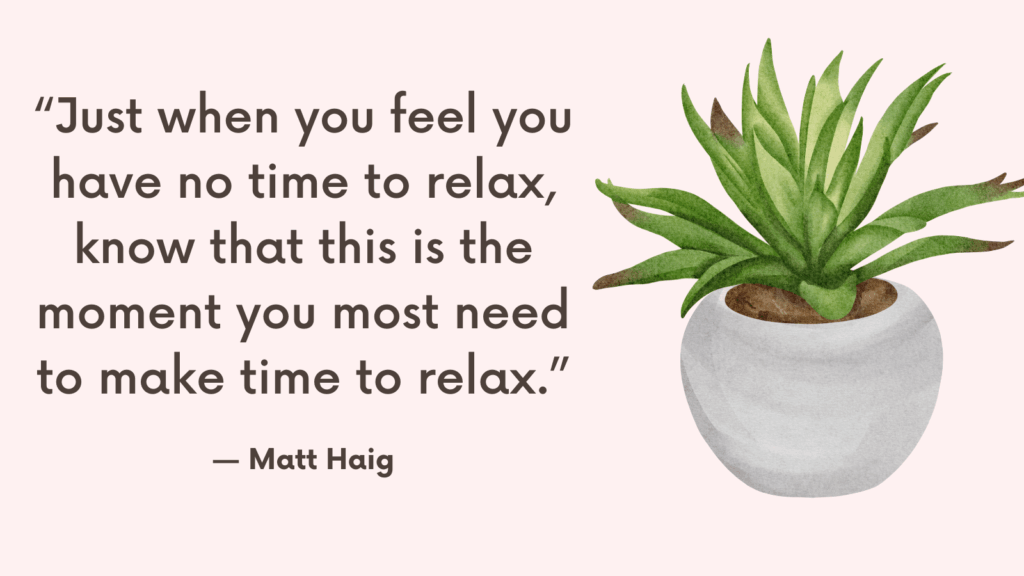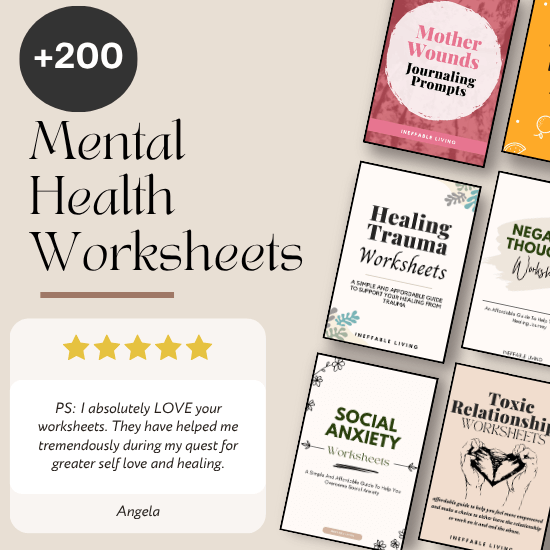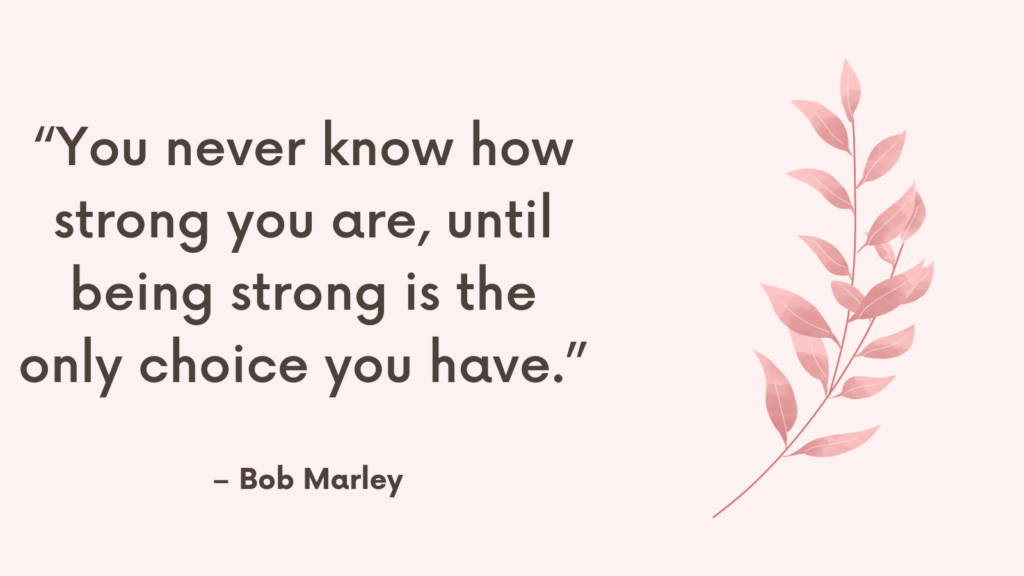Remote work offers flexibility—but it can also quietly fuel isolation, especially when social interaction becomes optional instead of built-in. Without coworkers, commutes, or casual conversations, the days can feel repetitive and emotionally empty. If you’re working from home and feeling disconnected, you’re not alone—and you don’t have to stay stuck. Here’s how to manage the loneliness and create meaningful connection throughout your day.
How Lack of Casual Interaction Affects Mental Health
You Lose the Feeling of Being Part of Something
Casual interactions are small signals that you belong to a community. They remind you that you exist in relation to others — that you’re seen, acknowledged, and included in the flow of daily life. Without them, it’s easy to feel disconnected, as if you’re moving through the world unnoticed.
Emotional Regulation Becomes Harder
Even brief, friendly exchanges can regulate stress by triggering the release of feel-good chemicals like oxytocin and dopamine. When those moments vanish, you may feel more irritable, anxious, or low without realizing why — your brain is simply missing the micro-connections it’s used to.
Loneliness Quietly Grows
You don’t need deep conversations every day to feel connected. Sometimes, the absence of small social rituals — like greeting someone or hearing your name — can build a quiet kind of loneliness. Over time, this can lead to feelings of emptiness, disconnection, or even mild depression.
Related: 8 Tips on Overcoming Loneliness After the Death of Your Husband, Wife, or Partner
Social Anxiety Can Increase
Without regular social exposure, you might start to lose confidence in your social skills. Everyday interactions can begin to feel awkward or overwhelming, making you more likely to avoid them — which only deepens isolation.
You Miss Out on Spontaneous Joy
Many of the lightest, most joyful moments in life come from unplanned interactions — a joke with a cashier, a shared laugh in line, a kind comment from a stranger. These moments break emotional tension and remind you that connection doesn’t have to be heavy to be healing.
How to Manage Loneliness When You Work From Home?
1. Start Your Day With Human Contact
Before diving into work, send a voice note to a friend, greet a neighbor, or call a loved one for five minutes. Beginning with connection—even small—sets a more grounded tone.
2. Build Social Touchpoints Into Your Week
Schedule at least one or two non-work interactions weekly: lunch with a friend, a phone call, or a local event. When it’s on your calendar, it feels more like a priority—and less like a luxury.
3. Work in Shared Spaces Sometimes
Try co-working cafes, libraries, or community work hubs if available. Even being around other people in silence can ease the loneliness of solo workdays.
4. Add Structure to Breaks
Use your breaks to connect instead of scroll. Send a quick check-in message, take a walk and call someone, or do a short video chat. Real interaction restores energy better than passive screen time.
Related: Living Alone For The First Time? Top 8 Tips to Cope
5. Create a “Start” and “Stop” Ritual
Rituals help separate work and home life. Light a candle to begin your day, stretch at the end, or take a walk when you “clock out.” This helps create mental boundaries and reduces the feeling of being trapped.
6. Use Accountability Buddies
Connect with a colleague or friend who also works remotely. Check in each morning with goals and touch base at day’s end. It adds connection and a sense of shared purpose.
7. Join Online Communities That Match Your Interests
Slack groups, forums, or virtual coworking spaces (like Focusmate or Discord groups) can create the feeling of a digital watercooler—even if you’re introverted.
8. Practice Being Social in Small Doses
Not every interaction needs to be deep. A smile to your delivery person, chatting with a barista, or saying hi on a neighborhood walk can help reawaken social confidence.
9. Fill Your Environment With Life
Play music with voices, keep plants or pets nearby, and open windows to hear outside sounds. These subtle cues can reduce the psychological sense of isolation.
10. Be Honest About Your Needs
If you’re craving connection, name it without shame. Tell friends: “Working from home gets lonely—can we catch up soon?” Let others in, so you don’t have to hold it alone.
Related: Am I Lonely Quiz (+ Top 5 Tips To Overcome Loneliness)

Conclusion
Working from home can give you freedom—but it also calls for intentional connection. You don’t need constant socializing—you just need enough to feel seen, supported, and human. Start small, stay honest, and remember: it’s okay to need people, even when you love your peace.



